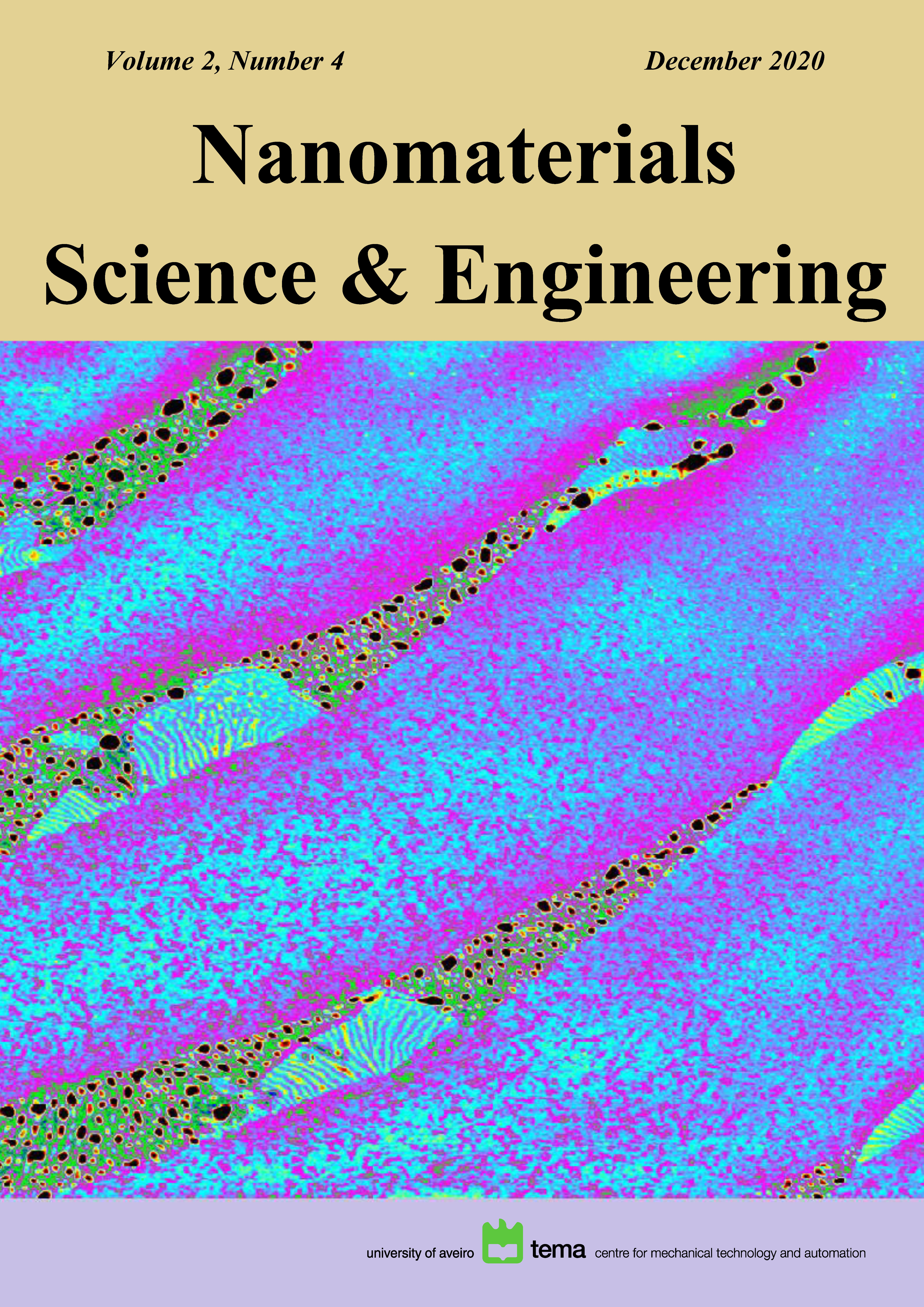Photocatalytic degradation of organic pollutant using TiO2/rGO nanocomposites under simulated sunlight
Abstract
Here, we present the development and performance of a nanocomposite photocatalyst based on titanium dioxide (TiO2) and reduced graphene oxide (rGO). The material was prepared using a direct sol-gel method, followed by hydrothermal treatment. Different experimental conditions, such as time and temperature during the synthesis, were investigated with the aim to optimize photocatalytic degradation. The influence of the preparation conditions on the physicochemical properties of the synthesized powders was established by different characterization methods such as Scanning Electron Microscopy (SEM), and Raman spectroscopy. The effectiveness of the synthesized photocatalysts was examined through the photodegradation of caffeine under simulated sunlight irradiation. The influence of synthesized parameters on the TiO2/rGO performance for the photodegradation of pharmaceutical caffeine was monitored by UV-Vis spectroscopy.
The obtained results show that the photocatalytic properties of the prepared TiO2/rGO composites depend on different experimental parameters of their synthesis procedure, such as time and temperature. The TiO2/rGO_6/400 composite presents a very efficient photo-degradation of caffeine by simulated sunlight irradiation, resulting in an efficiency of 95% within 90 minutes.
Copyright (c) 2020 Nanomaterials Science & Engineering

This work is licensed under a Creative Commons Attribution-NonCommercial 4.0 International License.
Copyright Information
Authors who publish in the Nanomaterials Science & Engineering agree to the following terms:
- Authors retain copyright and grant the journal right of first publication with the work simultaneously licensed under a Creative Commons Attribution License that allows others to share the work with an acknowledgement of the work's authorship and initial publication in this journal.
- Authors are able to enter into separate, additional contractual arrangements for the non-exclusive distribution of the journal's published version of the work (e.g., post it to an institutional repository or publish it in a book), with an acknowledgement of its initial publication in this journal.
- Authors are permitted and encouraged to post their work online (e.g., in institutional repositories or on their website) after publication, as it can lead to productive exchanges, as well as earlier and greater citation of published work.
Copyrights to illustrations published in the journal remain with their current copyright holders.
It is the author's responsibility to obtain permission to quote from copyright sources.
Any fees required to obtain illustrations or to secure copyright permissions are the responsibility of authors.





